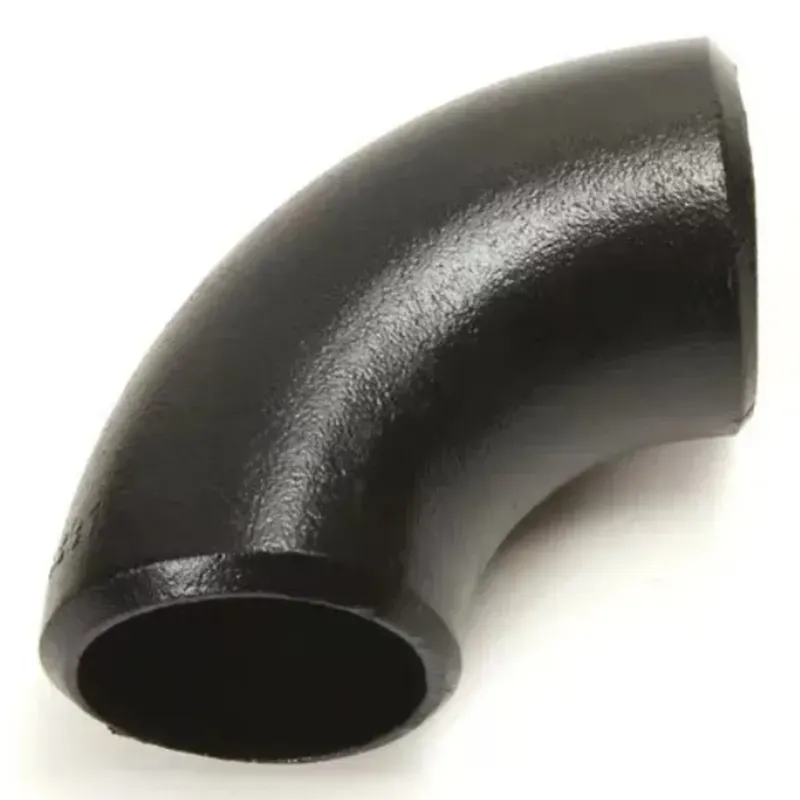-
Cangzhou Yulong Steel Co., Ltd.
-
Phone:
+86 13303177267 -
Email:
admin@ylsteelfittings.com
- English
- Arabic
- Italian
- Spanish
- Portuguese
- German
- kazakh
- Persian
- Greek
- French
- Russian
- Polish
- Thai
- Indonesian
- Vietnamese
- Zulu
- Korean
- Uzbek
- Hindi
- Serbian
- Malay
- Ukrainian
- Gujarati
- Haitian Creole
- hausa
- hawaiian
- Hebrew
- Miao
- Hungarian
- Icelandic
- igbo
- irish
- Japanese
- Javanese
- Kannada
- Khmer
- Rwandese
- Afrikaans
- Albanian
- Amharic
- Armenian
- Azerbaijani
- Basque
- Belarusian
- Bengali
- Bosnian
- Bulgarian
- Catalan
- Cebuano
- China
- China (Taiwan)
- Corsican
- Croatian
- Czech
- Danish
- Esperanto
- Estonian
- Finnish
- Frisian
- Galician
- Georgian
- Kurdish
- Kyrgyz
- Lao
- Latin
- Latvian
- Lithuanian
- Luxembourgish
- Macedonian
- Malgashi
- Malayalam
- Maltese
- Maori
- Marathi
- Mongolian
- Myanmar
- Nepali
- Norwegian
- Norwegian
- Occitan
- Pashto
- Dutch
- Punjabi
- Romanian
- Samoan
- Scottish Gaelic
- Sesotho
- Shona
- Sindhi
- Sinhala
- Slovak
- Slovenian
- Somali
- Sundanese
- Swahili
- Swedish
- Tagalog
- Tajik
- Tamil
- Tatar
- Telugu
- Turkish
- Turkmen
- Urdu
- Uighur
- Welsh
- Bantu
- Yiddish
- Yoruba

Dec . 26, 2024 01:34 Back to list
Understanding ANSI Standard Flanges and Their Applications for Industrial Use
Understanding ANSI Flanges A Deep Dive into ANSI 6 Flanges
Flanges play a crucial role in connecting pipes, valves, pumps, and other equipment in various industrial applications. Among the many standards available for flanges, the ANSI (American National Standards Institute) standards are widely recognized and adopted in the United States and beyond. Among these, ANSI 6 flanges, which refer to flanges designed for use in systems with a pressure rating of 150 psi, are of particular importance.
What are ANSI 6 Flanges?
ANSI standards designate the dimensions, tolerances, and testing requirements for flanges. The designation ANSI 6 specifically refers to a nominal pipe size (NPS) of 6 inches. This means that the diameter of the pipe being connected through the flange is 6 inches. Materials often used for ANSI 6 flanges include stainless steel, carbon steel, and alloy steel, which provide the necessary strength and corrosion resistance required in various environments.
Types of ANSI 6 Flanges
There are several types of ANSI 6 flanges, including
1. Weld Neck Flanges These flanges are used in high-pressure applications because their design allows for gradual stress distribution. The neck of the flange is welded to the pipe, providing a strong and reliable connection.
2. Slip-On Flanges As the name suggests, these flanges slip over the pipe and are welded in place. They are easier to align and fit, making them popular in situations where precise alignment is not critical.
3. Blind Flanges These flanges are used to close the ends of a piping system. They allow for easy access for inspection and maintenance without having to disassemble the entire system.
flange ansi 6

4. Socket Weld Flanges These flanges are designed for pipes with a diameter smaller than 12 inches. They have a socket that the pipe fits into and are welded around the top, providing a strong joint with minimal stress.
5. Threaded Flanges Threaded flanges are used to connect pipes without the need for welding. This is useful in systems where welding access is limited and offers the ability to disassemble easily.
ANSI Flange Dimensions
Flanges are categorized not just by size but also by their pressure class. For ANSI 150 flanges, which include ANSI 6 flanges, standard dimensions have been established. The thickness, diameter, and bolt hole specifications are documented in ANSI/ASME B16.5, which covers pipe flanges and fittings across various sizes and pressure ratings.
For instance, a 6-inch ANSI 150 flange has a nominal outside diameter of 11.0 inches and typically features a bolt circle diameter of 9.0 inches, with 4 bolt holes spaced uniformly. The thickness tends to be around 0.5 inches depending on the specific design; this thickness enhances durability and ensures the pipe joints can handle the intended pressure without leaking.
Applications of ANSI 6 Flanges
ANSI 6 flanges are commonly used in various industries, ranging from water treatment facilities, oil and gas pipelines, chemical processing plants to food manufacturing. Their ability to provide strong, leak-proof connections while withstanding pressure makes them essential for maintaining the integrity of the fluid systems in these industries.
Conclusion
Considering the importance of ANSI 6 flanges, understanding their specifications and applications is crucial for engineers and technicians working in piping systems. Their role in ensuring safe, efficient, and effective transportation of fluids cannot be overstated. The right choice of flange not only contributes to the performance of the system but also enhances safety and compliance with industry standards. Whether opting for weld neck, slip-on, blind, socket weld, or threaded designs, the selection should align with the specific requirements of the application, ensuring reliability and durability. As industries continue to advance, adherence to ANSI standards, including ANSI 6, remains a cornerstone of successful engineering practices in piping systems.
Latest news
-
ANSI 150P SS304 SO FLANGE
NewsFeb.14,2025
-
ASTM A333GR6 STEEL PIPE
NewsJan.20,2025
-
ANSI B16.5 WELDING NECK FLANGE
NewsJan.15,2026
-
ANSI B16.5 SLIP-ON FLANGE
NewsApr.19,2024
-
SABS 1123 FLANGE
NewsJan.15,2025
-
DIN86044 PLATE FLANGE
NewsApr.19,2024
-
DIN2527 BLIND FLANGE
NewsApr.12,2024
-
JIS B2311 Butt-Welding Fittings LR/SR 45°/90° /180°Seamless/Weld
NewsApr.23,2024











